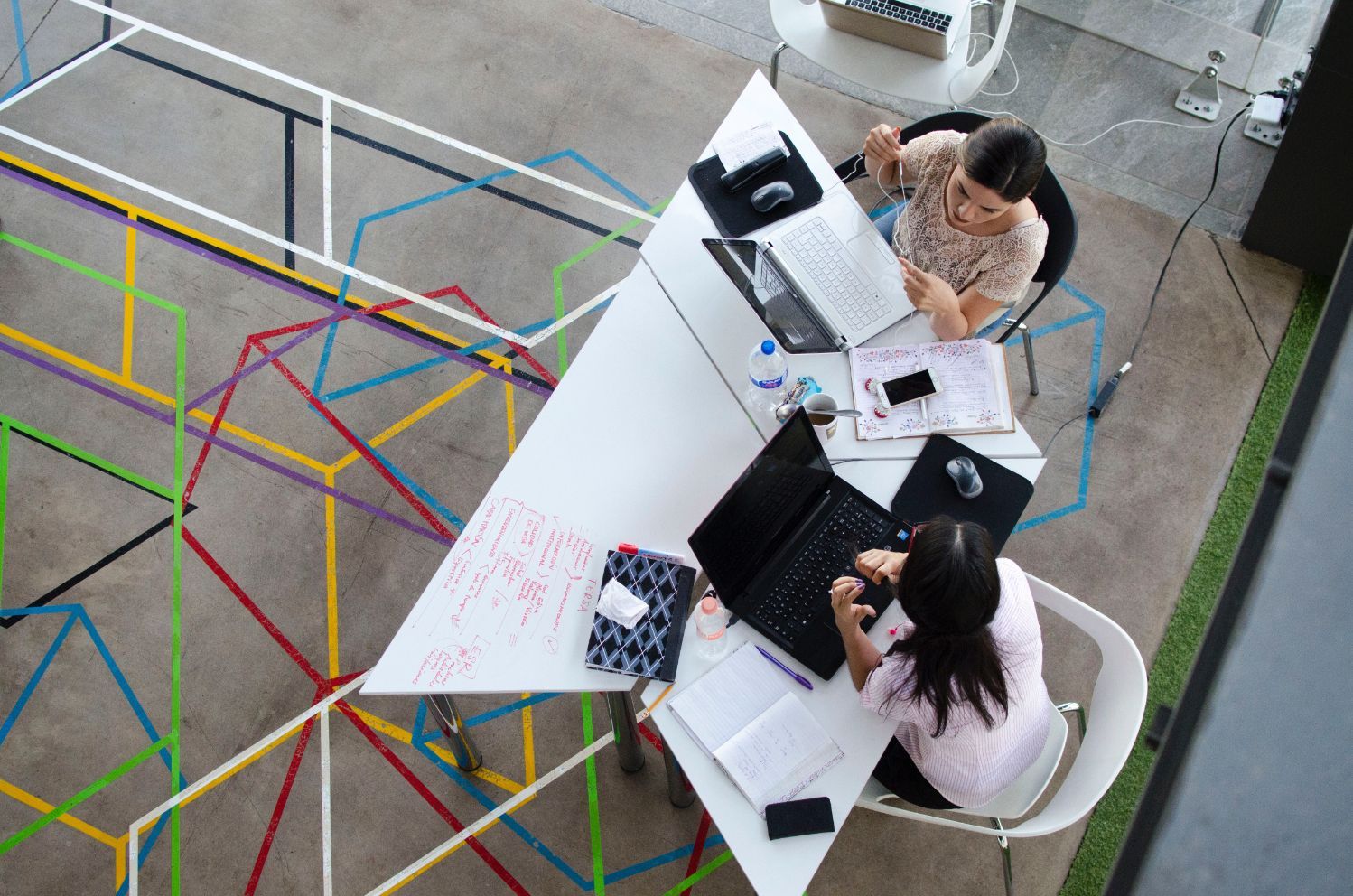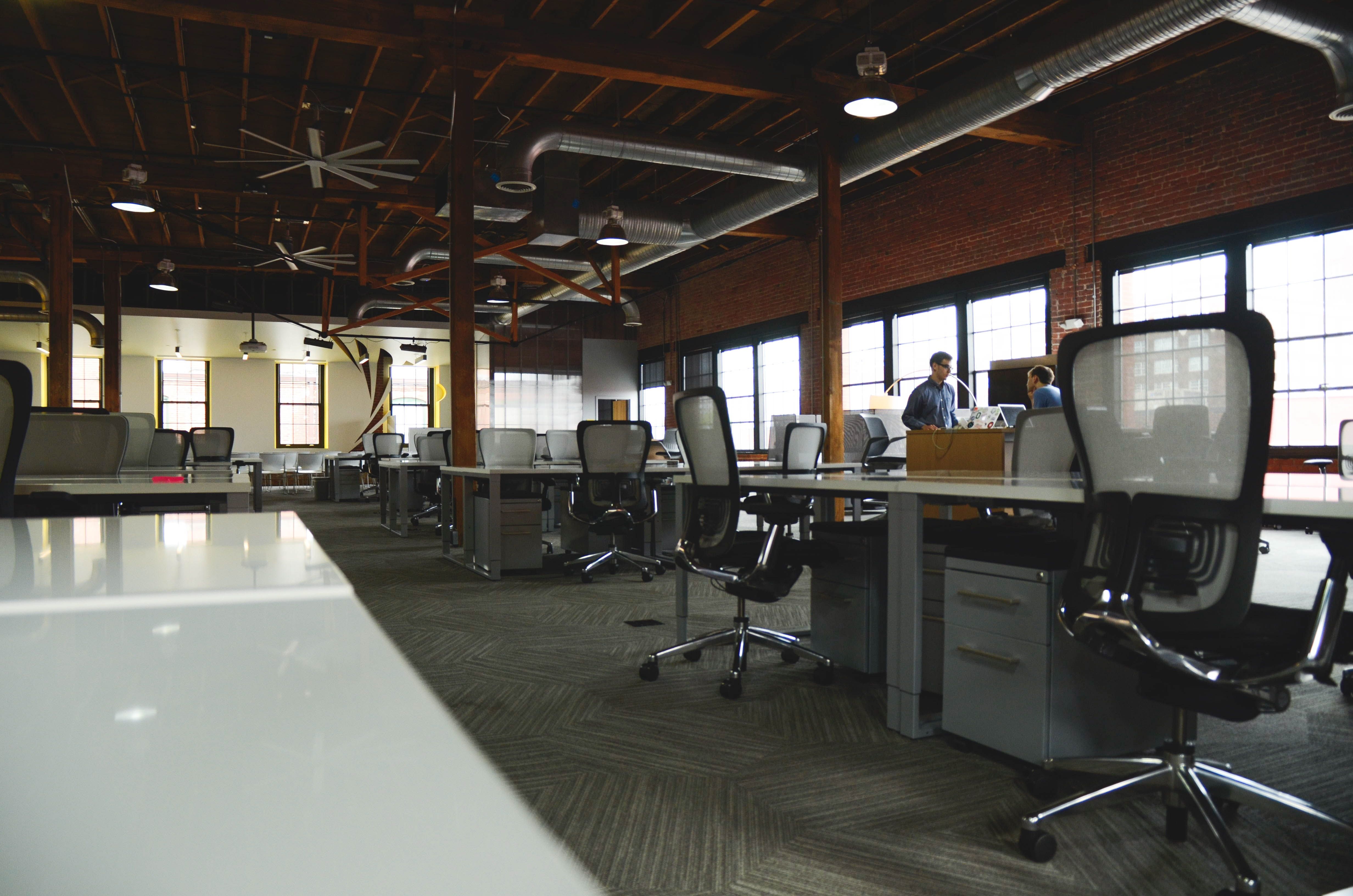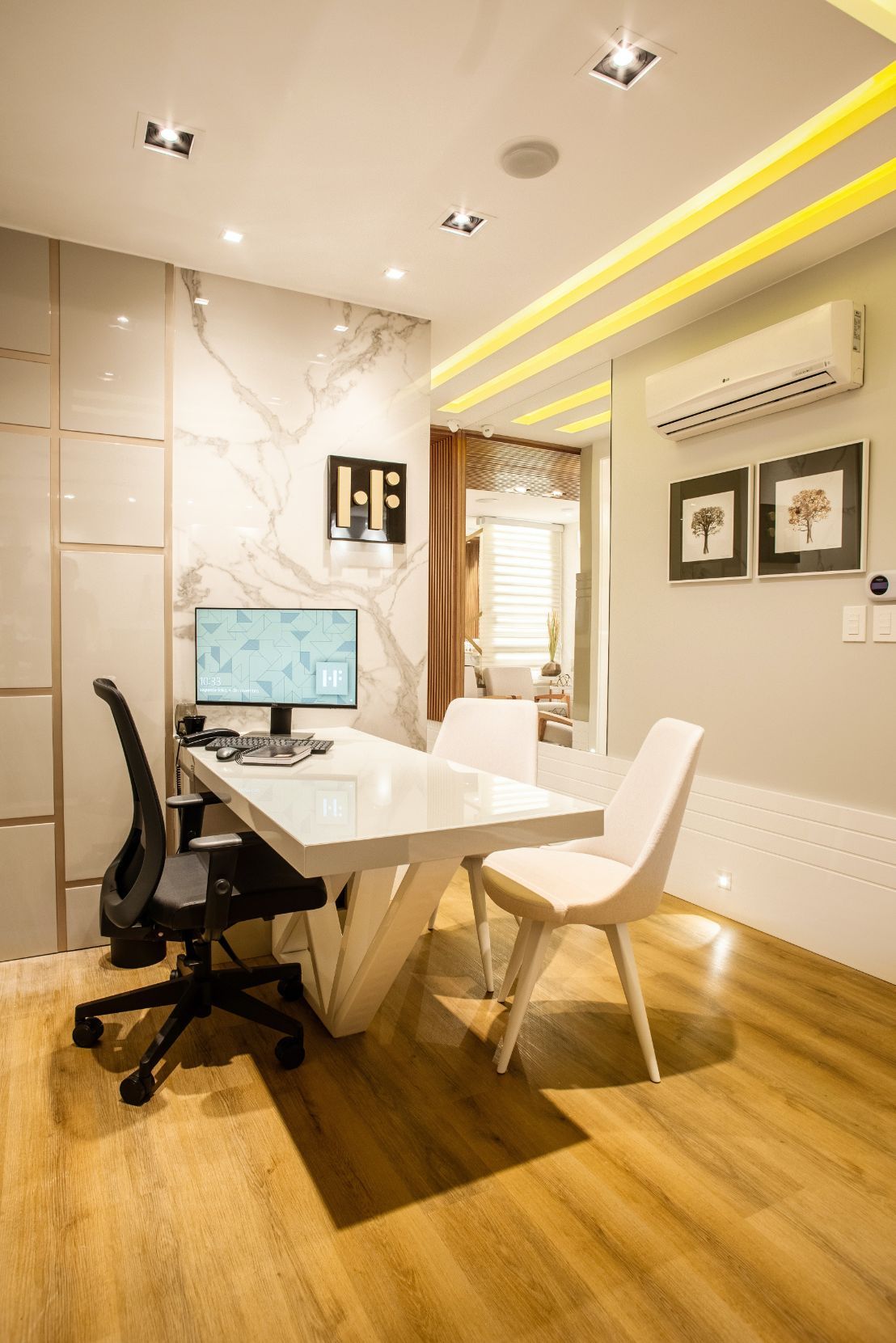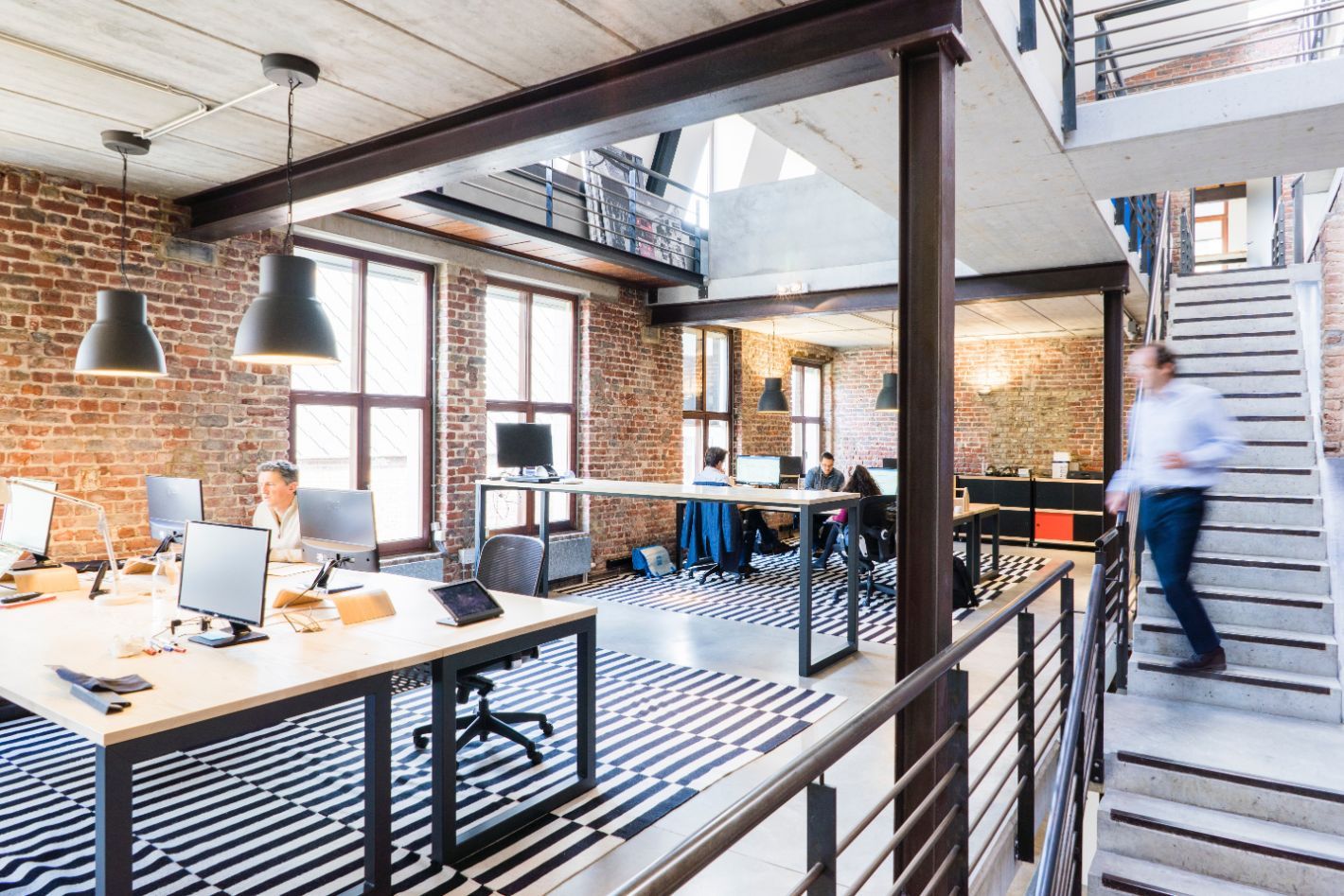Sorry...
The page you requested: sustainable-assets-sustainable-business Does not exist. Please check your info and try again!

8-10 April 2025 | NEC Birmingham, UK

The page you requested: sustainable-assets-sustainable-business Does not exist. Please check your info and try again!

Lorem ipsum dolor sit amet, consectetuer adipiscing elit.

Lorem ipsum dolor sit amet, consectetuer adipiscing elit.

Lorem ipsum dolor sit amet, consectetuer adipiscing elit.

Lorem ipsum dolor sit amet, consectetuer adipiscing elit.

Lorem ipsum dolor sit amet, consectetuer adipiscing elit.

Lorem ipsum dolor sit amet, consectetuer adipiscing elit.